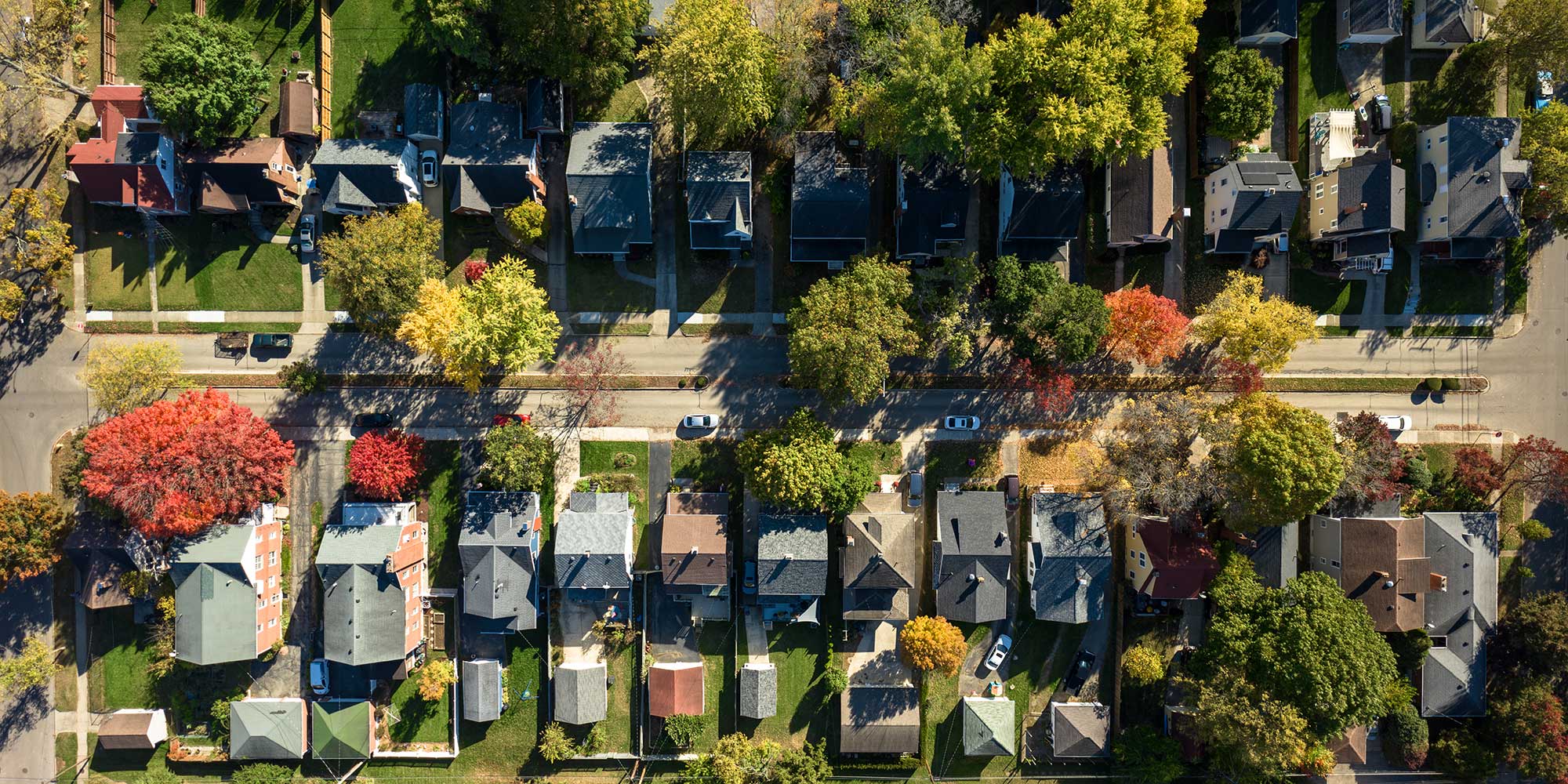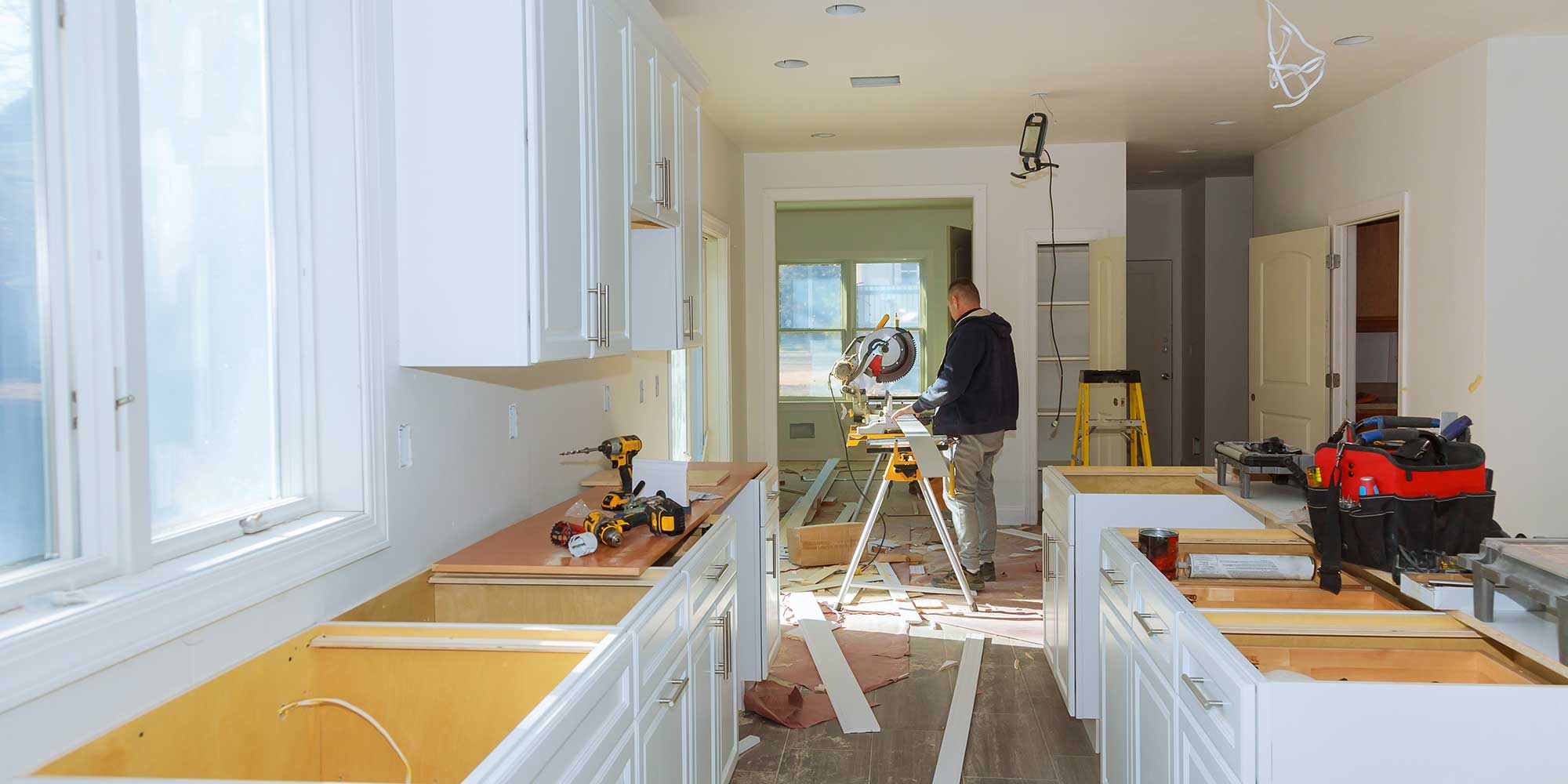By Huber Bongolan
Getting a fix and flip loan isn’t just about having a good deal—it’s about knowing how to structure your entire project from purchase to resale. With tighter margins and higher financing costs in today’s market, planning ahead is more important than ever.
At Flipside Lending, we specialize in residential bridge loans for investors who want fast, flexible funding to buy, rehab, and resell 1–4 unit properties. Whether it’s your first flip or your fifth, here’s a clear, practical step-by-step guide to getting a fix and flip loan—and making it work.

You don’t make money when you sell—you make it when you buy. In this environment, it’s critical to source properties where the numbers work now, not just based on hope for appreciation.
Use the 70% Rule as a starting point: (Purchase + Rehab + Holding Costs) should be no more than 70% of the ARV (After Repair Value).
Overpaying is the fastest way to kill a deal before it starts.
Many investors inflate their projected resale price (ARV) based on optimism. But lenders rely on hard comparables—not guesses. An inflated ARV won’t help you qualify, and it sets you up for disappointment when the market doesn’t agree.
Pro Tip: Get a broker price opinion or pull 3–5 recent comps within a half-mile radius. Adjust for square footage, condition, and amenities to stay grounded.
Cosmetic rehabs (paint, flooring, kitchens) are easier to manage and faster to complete. Structural or full-gut rehabs may offer higher upside, but they come with more risk, permits, and delays—especially if you’re new.
Rule of thumb: If you’ve never managed a heavy rehab, start small or partner with someone who has.
Every flip project costs more than you think. Instead of ballparking your numbers, work with a licensed contractor to create a line-item budget with labor and material estimates.
Then add 10–15% contingency for:
Flipside Lending requires a clear rehab scope and draw schedule anyway—so getting this right early helps close faster.

It’s not just about the interest rate. You should model:
Divide your total projected profit by your total capital investment to get a realistic ROI. You’d be surprised how quickly returns can shrink with a few missed line items.
Many borrowers underestimate how much their credit score and liquidity matter. A higher FICO can get you better leverage and pricing. And most lenders require post-closing reserves to ensure you can finish the project.
At Flipside, we typically look for 3–6 months of debt service left over after closing. If your liquidity is tight, consider building in an interest reserve so your payments are covered during the rehab period.
Not all lenders operate the same. Before signing a term sheet, ask:
At Flipside Lending, we pride ourselves on offering creative structuring to help investors stay liquid and close with speed.
Even experienced investors overlook these:
Having a Plan B gives you options—and makes lenders more comfortable funding your deal.
Flipping homes isn’t just about design and demo—it’s about smart planning, strong execution, and having the right financial partner. At Flipside Lending, we help investors move fast and close with confidence by offering bridge loans tailored to the realities of the market today.
Ready to fund your next flip? Email us at sales@flipsideloans.com to get started.
Good luck out there, my friends. I’m always happy to help so feel free to email me at hbongolan@flipsideloans.com.

NMLS #2655708. Origination fees and other fees may apply. This is not an offer to lend. Any financing will be subject to certain restrictions and requirements, including but not limited to a credit evaluation and approval of the subject property. To qualify, a borrower must meet underwriting requirements. Not all borrowers will qualify and not all borrowers that qualify will receive the lowest rate. Your actual rate depends on a variety of factors. Rates, terms, and conditions are subject to change from time to time without notice.